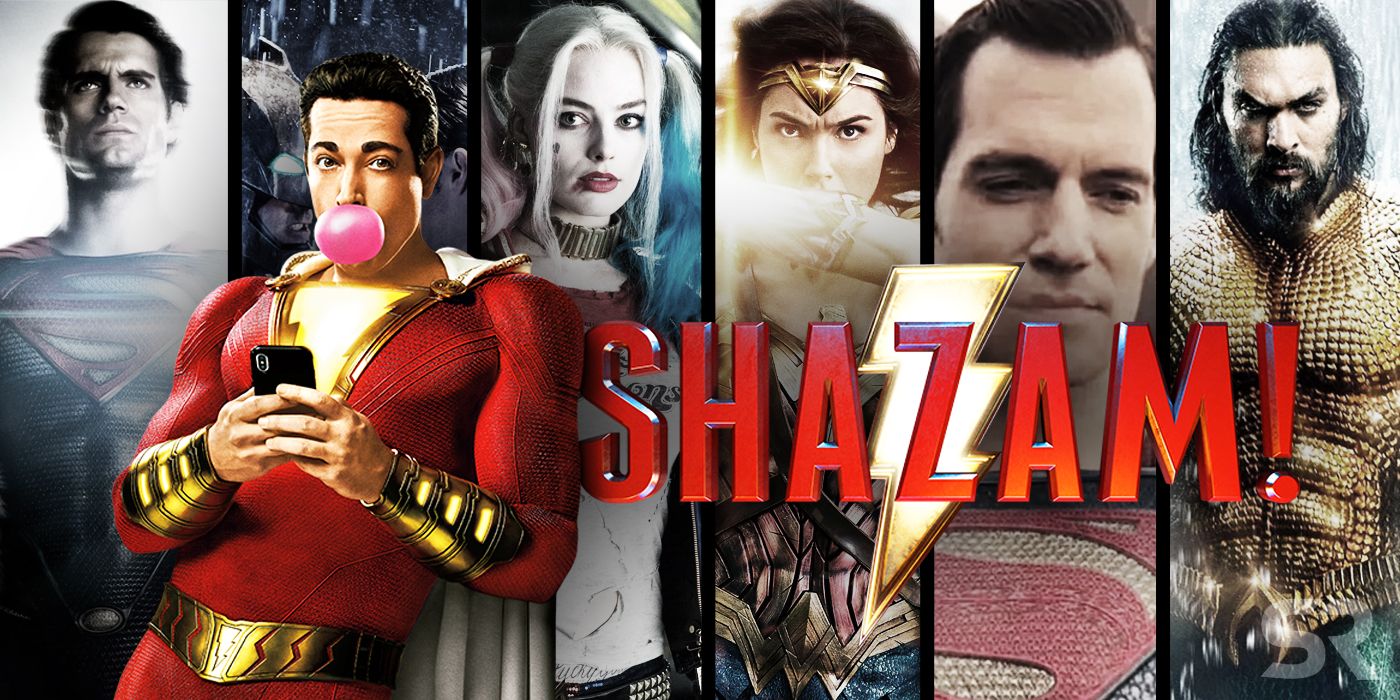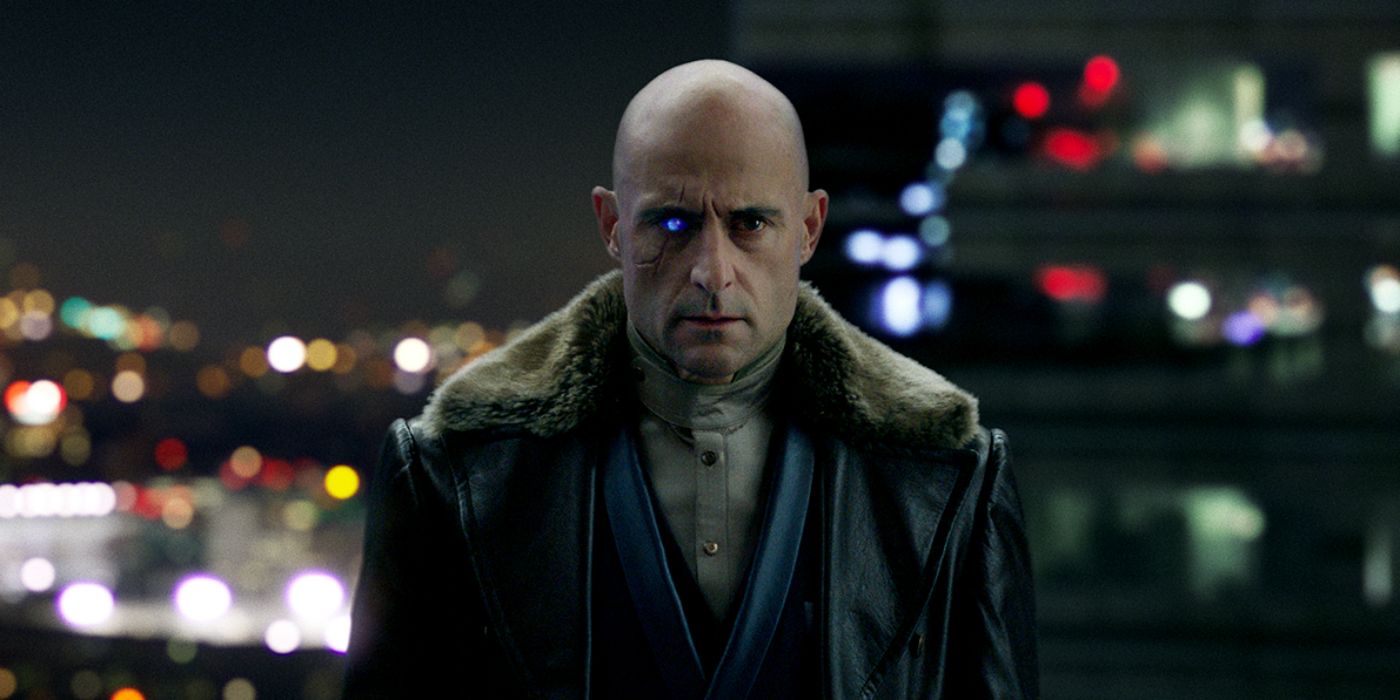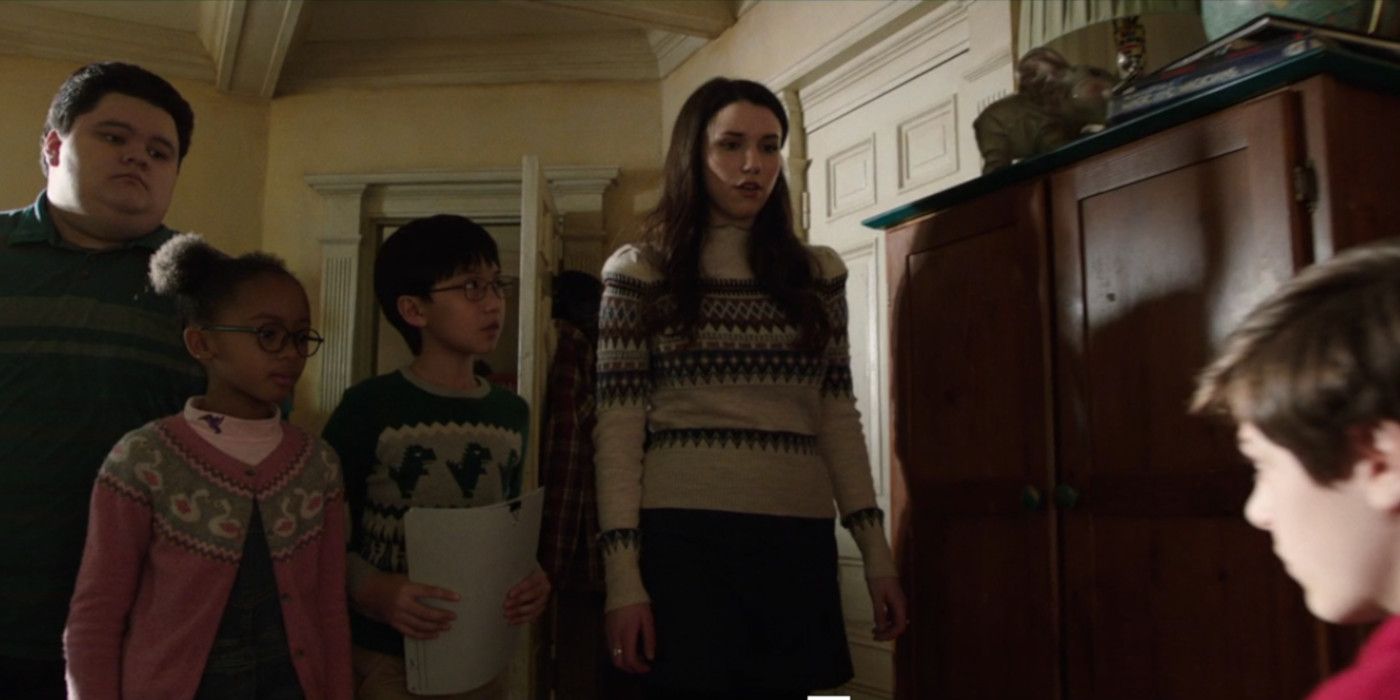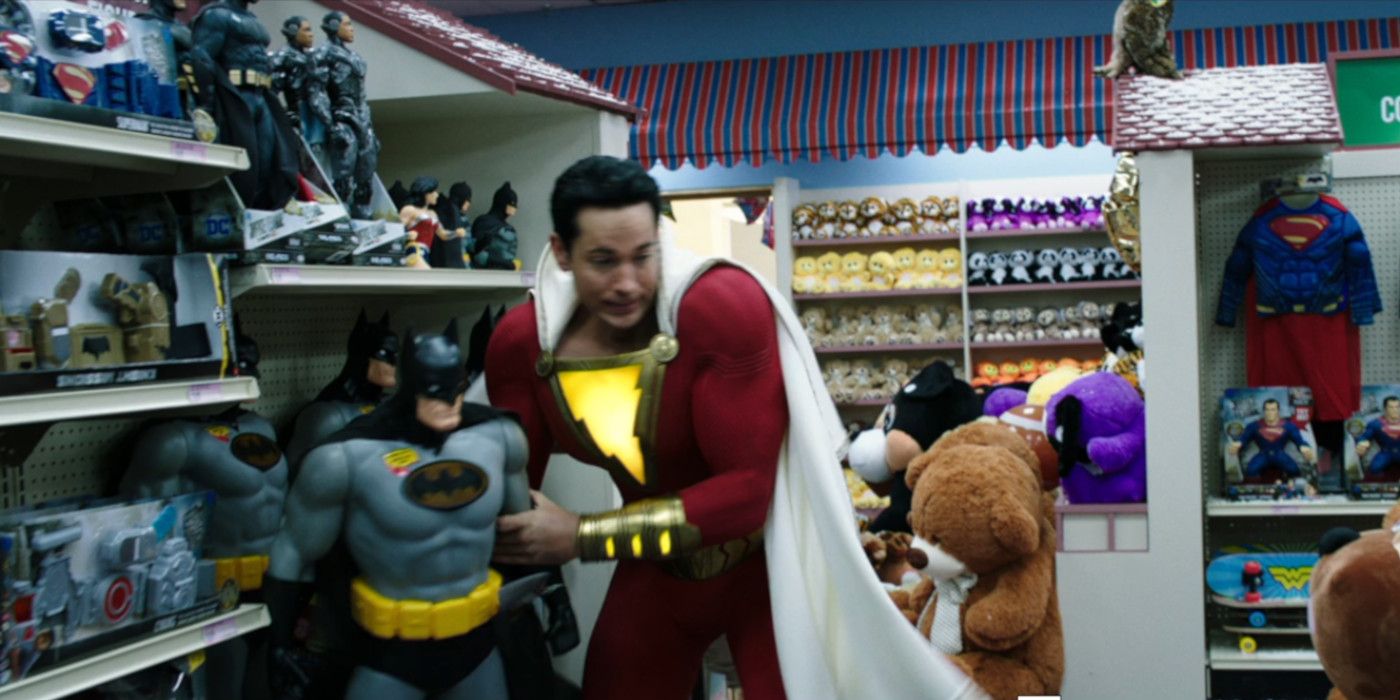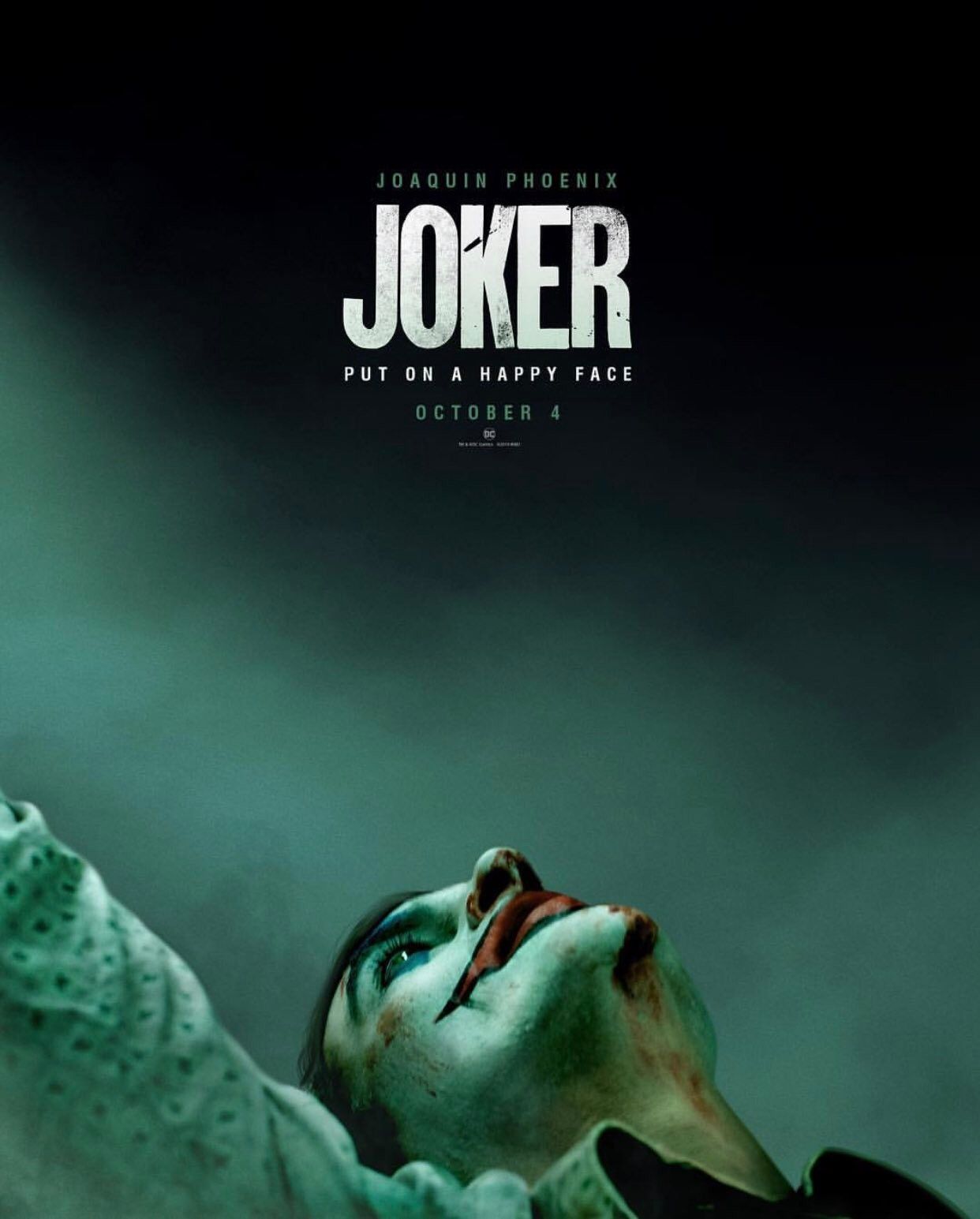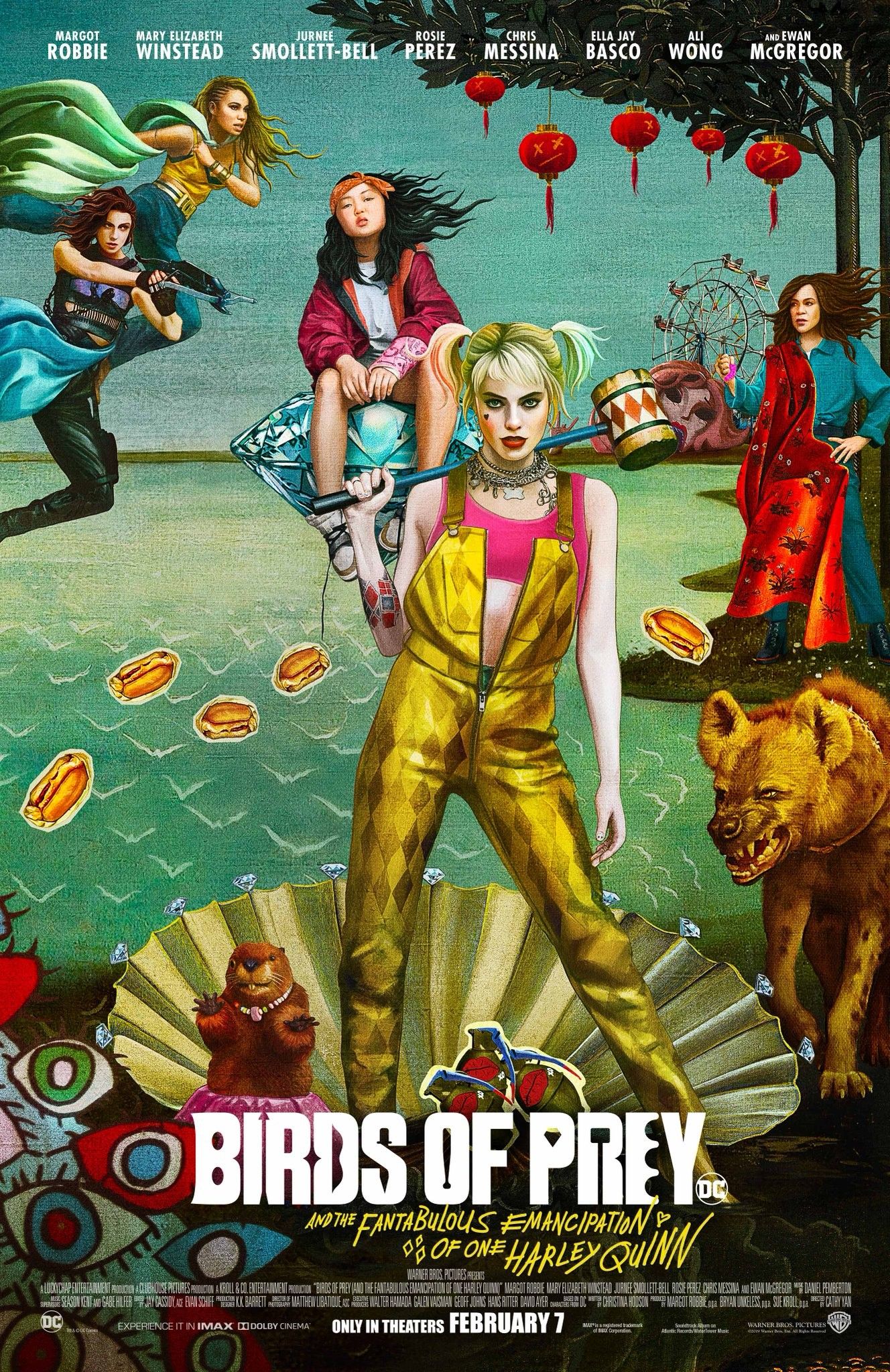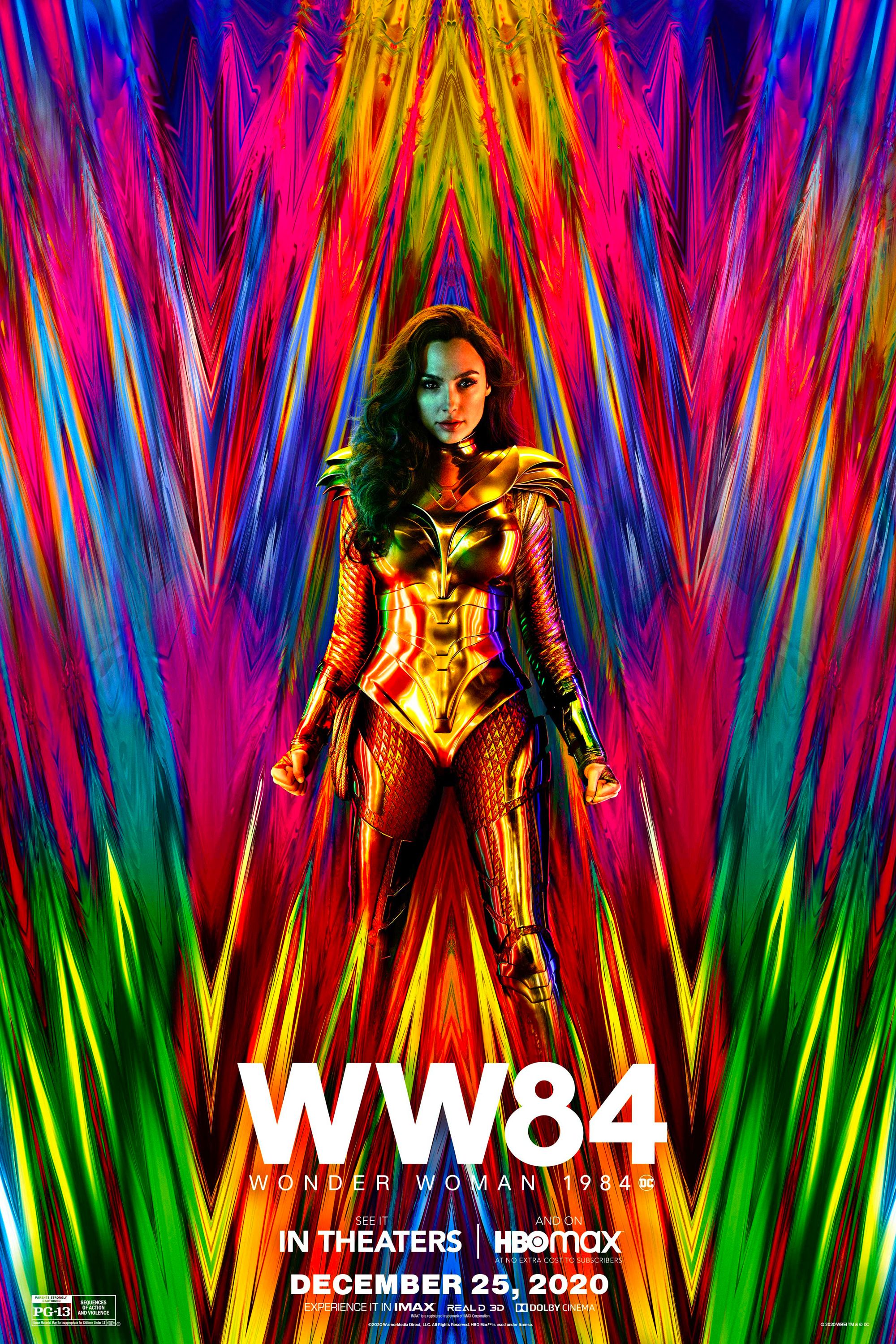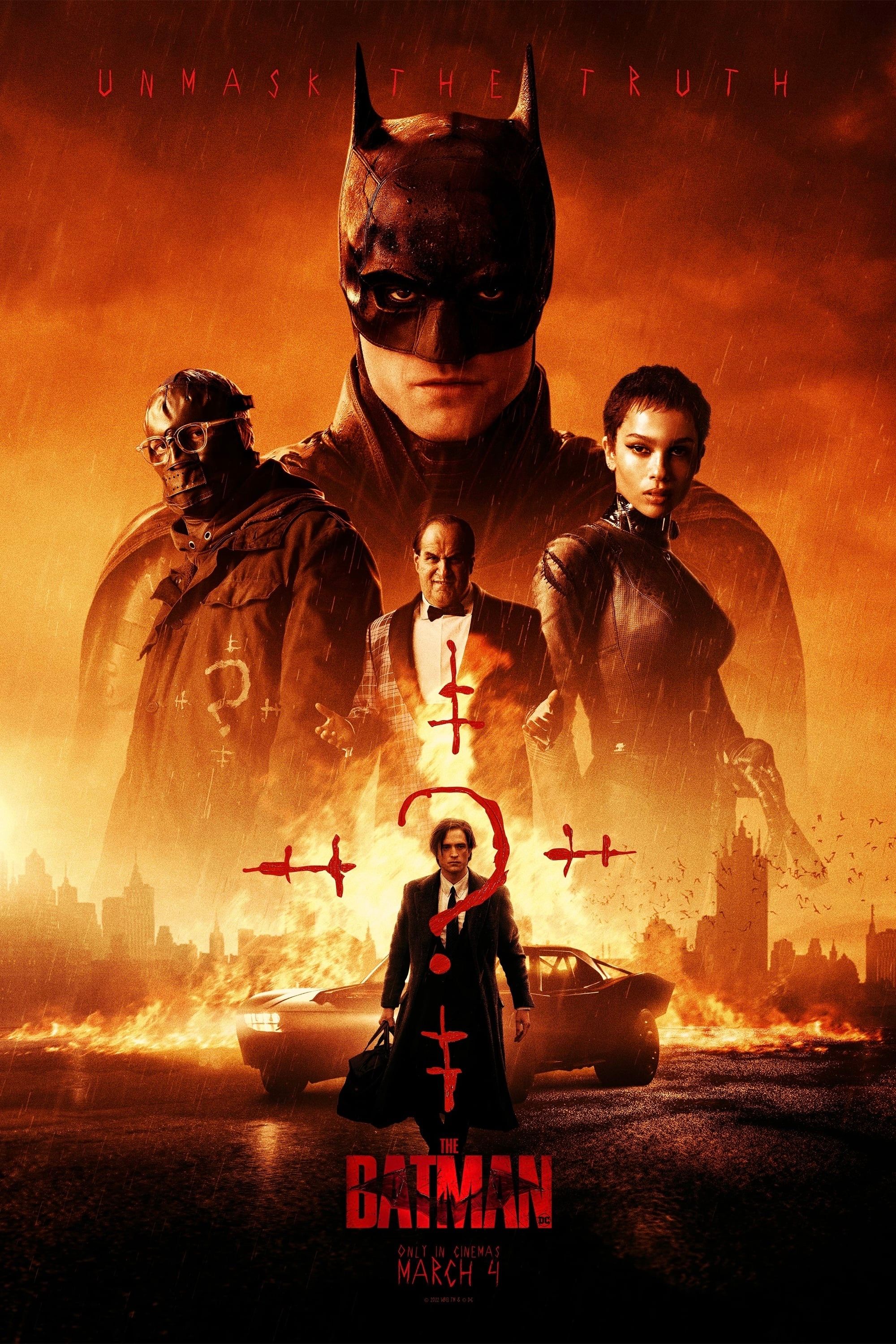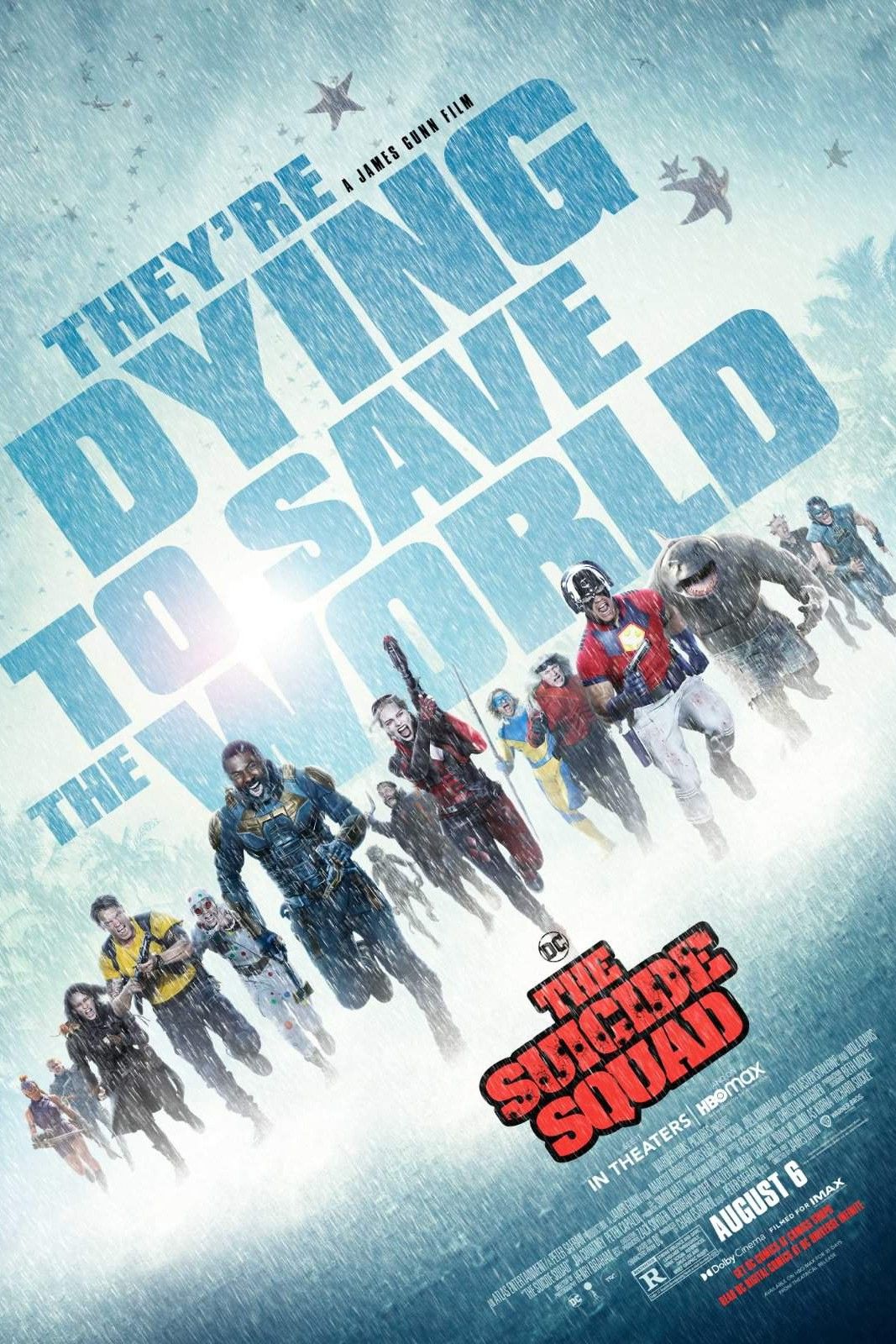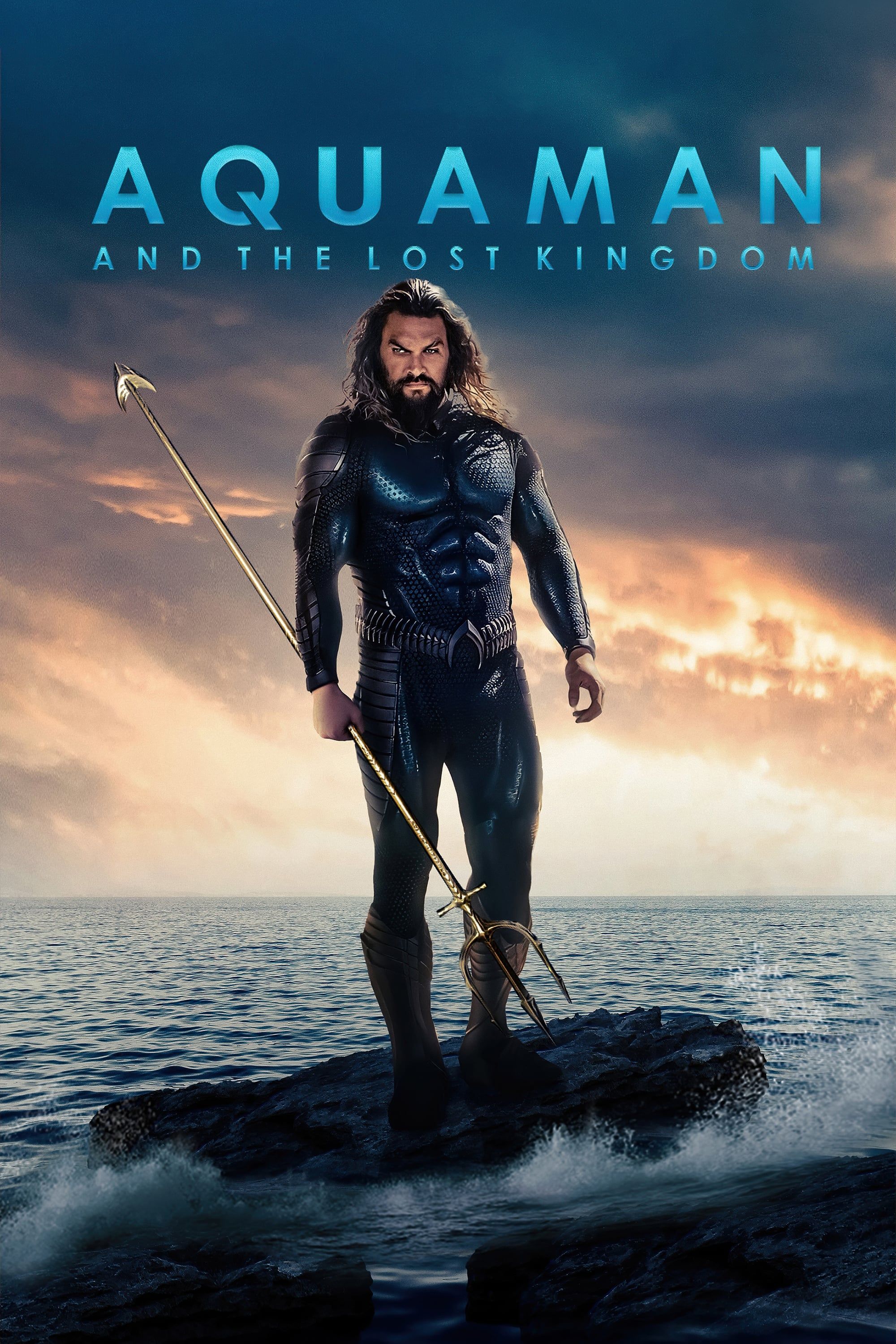WARNING: Spoiler warning for Shazam!
Shazam is easily the best film in the entire DCEU to date. The DC Extended Universe got off to something of a shaky start, with both Man of Steel and Batman v Superman: Dawn of Justice dividing fans and critics. The problems came to something of a climax with Justice League, a Frankenstein's Monster of a team movie stitched together from the visions of two very different directors. But look away from the team-up and ensemble movies, and the DCEU increasingly seems to be in strong shape.
David F. Sandberg's Shazam was understandably underestimated. While Billy Batson may have been the best-selling superhero of the 1940s in terms of comic book sales, nowadays he has nowhere near the brand recognition of, say, Superman, Iron Man, or Wolverine. The production budget was somewhere in the region of $80-100 million, unusually low when compared to typical superhero films, and the trailers made Shazam look like a superhero adaptation of Big, aimed straight at younger viewers.
But, although Shazam isn't going to make Aquaman money any time soon, the movie has proven to be a hit. Over on review aggregate site Rotten Tomatoes, its critic score sits at a stunning 91 percent, and its audience score is similarly high, at 89 percent. The critic score is a close second behind Wonder Woman's 93%, while the audience score is the best in the whole DCEU by just a hair - and with good reason. Shazam is the best superhero film Warner Bros. has made in years.
- This Page: Shazam Solves DC's Light/Dark Problem
- Page 2: Shazam Fits Into The DCEU Perfectly
Shazam Strikes A Perfect Balance Of Light And Dark
On the face of it, Shazam should be the most Marvel-like movie in the DCEU to date. Where many DC blockbusters have adopted a somewhat darker tone, and even Wonder Woman explored the horrors of No Man's Land, Shazam was marketed as a comedy. It's easy to understand why; the core concept is perfect for humor, with a teenage boy transforming into an adult superhero, and the film is absolutely packed with gags.
But David F. Sandberg is a horror director by trade, and while Shazam definitely draws inspiration from comedies, it also pays homage to classics of the horror genre. Anyone expecting a nonstop flurry of gags is disabused of that notion in the first couple of minutes, with an intro sequence that reveals the backstory of the villainous Doctor Sivana. He's shown as a teenager being bombarded with verbal abuse from a father who calls him a "little sh*t," and his encounter with the wizard Shazam ultimately leads to a car accident in which his dad is crippled. There are scenes of near-horror throughout Shazam; Sivana's first villainous act is a patricide, and the Seven Sins are pretty monstrous. Sandberg effectively creates a real sense of jeopardy, so that viewers really do think Billy's family are at risk.
And yet, somehow Shazam doesn't feel like a dark film. The jokes come thick and fast, and they're all surprisingly relatable given that this is a superhero flick. Billy is as thrilled to become an adult as he is to transform into a superhero; he buys beer for the first time, and he can't resist the idea of experiencing adult entertainment. In one of the most amusing scenes, when he's told to think of anywhere for the Shazam Family to teleport to back on Earth, Billy's first thought is a strip club. Another standout moment is when Super Darla rescues a Father Christmas during the final fight, and excitedly tells him her name and that she's been really good this year.
Sandberg has made a truly unique superhero blockbuster, effortlessly blending light humor and dark horror. The result is something that's powerful but somehow charming, like a fairy tale of old, that contains a lot of darkness if you look closely but leaves you filled with warmth and joy. Although this should have been the most Marvel-like films of all the DCEU, Shazam stands out from the crowd as something very different.
Shazam's Story Comes To A Satisfying Conclusion
The third act is the weak point of many a good superhero film. In terms of plot structure, this is the part where the heroes and villains face off against one another at last, and it's frequently the point where themes and high-level concepts get lost in the face of nonstop action scenes and CGI-fests. Even the likes of Wonder Woman, one of the best DC superhero movies of the last decade, struggled to make its third act work. But Shazam is different, in that the entire resolution hearkens back to the film's main themes.
Fundamentally, Shazam is a story about finding your family. Billy has spent years desperately looking for his mom, running away from every foster home he's been placed in. Even when he's put in the Vasquez family, he still won't open his heart to them and runs away again the moment he learns where his mom is. The encounter between Billy and his mom is the defining moment in his character arc, as for the first time Billy sees his mom as who she truly is; a disappointment. This prepares Billy for the third act, when he takes stock and realizes that he has actually found his family after all, that he loves his siblings and that they love him. He opens his heart to them, and in so doing shares his power. Suddenly Shazam is no lone champion; he's part of a family of heroes. And there's no way Doctor Sivana and the Seven Deadly Sins can stand against that.
The third act has all the CGI action you'd traditionally expect from a superhero blockbuster, but in the case of Shazam it all flows from the themes and character arcs. Indeed, the contrast between the Shazam Family and the Seven Deadly Sins is what allows Billy and his family to triumph. The Seven Sins care nothing for one another, and indeed compete with one another rather than working as a team. The Shazam Family use this to draw them out, and ultimately Billy tricks Envy into abandoning Sivana, bringing the fight to a satisfying conclusion. No other DCEU film has had this kind of narrative and thematic consistency right the way through the third act, and few Marvel movies have achieved this either.
Page 2 of 2: Shazam Fits Into The DCEU Perfectly
Shazam Handles The DC Shared Universe Perfectly
Finally, Shazam handles the idea of a shared universe more effectively than any other DCEU blockbuster to date. The film is most certainly part of the DCEU; it's full of delightful Easter eggs, ranging from Freddy's superhero shrine to a toy store packed with carefully-chosen superhero memorabilia. Attentive viewers will have noted that Freddy's newspaper clippings all relate to events that have already taken place in the DCEU, most notably Man of Steel's battle between Superman and Zod and Superman's resurrection in Justice League. Meanwhile, Warner Bros. were incredibly careful about what toys and action figures to show in the toy store, making sure everything related to characters already confirmed to be part of the DCEU. There's a sort-of Superman cameo at the end, and even a reference to the events of Aquaman in the post-credits scene.
But, while the connectivity is there, it never takes over. In an interview with Deadline, Sandberg was asked how Shazam fits into the DCEU, and his answer was instructive. "I don’t know, really," he observed. "That’s what was so liberating with making this movie. It was that we only have to do the best Shazam! movie we can do... It felt like we were making our own movie — it just takes place in the DC universe." When the DCEU began, Warner Bros. was desperate to build their shared cinematic universe as quickly as possible, and as a result they wound up in a constant state of conflict with their directors.
Now, though, the studio appears to have learned their lesson. They're allowing each director to make their own unique and distinctive superhero film, just one that happens to be set in the DC universe. There's no sense of an overarching narrative tying these movies together, no story beat that simply has to happen in order to ensure everything is cohesive. Instead, there's just an opportunity for each director to play in the DCEU sandbox. That's why Warner Bros. can release a film like Shazam, and yet also be working on an R-rated Birds of Prey.
The shared universe model carries risks as well as benefits. The ties that bind the films together can prove restrictive, preventing individual superhero movies from living up to their potential. Ironically, that never needed to be the case; over in the comics, DC has long been proving that continuity and connectedness comes second to storytelling, while each superhero is given a creative team appropriate to their high-level concept. Warner Bros. has now learned to do the same with the movies too, and in the case of Shazam it's paid dividends. It also suggests the future of the DCEU is very bright indeed.

